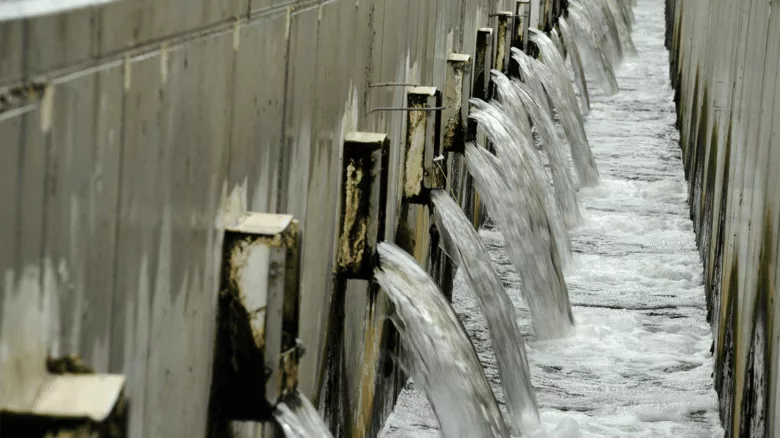EPA Awards $49 Million to Support Wastewater Solutions in Rural, Small, and Tribal Communities
This isn’t just about pipes and treatment plants—it’s about creating healthier, more resilient communities for the long haul.

Image via Cristi Nistor from Getty Images
The Environmental Protection Agency (EPA) just announced a major boost—$49 million in funding—to help rural, small, and tribal communities tackle their toughest wastewater infrastructure challenges. This funding, distributed through the Rural, Small and Tribal Clean Water Technical Assistance Grant Program, will support expert technical assistance teams working directly with local communities to get vital projects off the ground.
This effort is part of the EPA’s broader Powering the Great American Comeback initiative, which aims to make sure everyone—no matter where they live—can count on clean air, land, and especially water.
“Small and rural communities are really the heart of this country,” said Jessica Kramer, Senior Advisor at the EPA. “With this funding, we’re not just providing financial support—we’re working hand-in-hand with local partners to help design, plan, and fund essential upgrades to wastewater systems.”
Once the necessary administrative steps are completed, the EPA plans to award grants to several experienced organizations, including:
- National Rural Water Association (NRWA)
- Rural Community Assistance Partnership (RCAP)
- Southwest Environmental Finance Center (New Mexico)
- Alaska Municipal League
- NEIWPCC (New England Interstate Water Pollution Control Commission)
- Pacific International Center for High Technology Research
Matt Holmes, CEO of NRWA, shared his appreciation: “This kind of support is crucial. These funds help us provide the hands-on assistance that so many small and rural communities really need. We’re honored to continue helping them navigate complex funding systems and implement real-world solutions.”
RCAP’s CEO, Olga Morales Pate, added, “We’re thrilled to keep building up the capacity of rural and tribal utilities. Our mission is to offer personalized help to the communities that need it most, and we’re grateful the EPA is backing that mission.”
Why This Matters
For many smaller or remote communities, keeping up with infrastructure can be a real struggle—aging equipment, limited budgets, workforce shortages, and rising costs are all major obstacles. With this funding, technical assistance teams will help bridge those gaps by offering training, guidance on best practices, and support in applying for additional state and federal funding.
This isn’t just about pipes and treatment plants—it’s about creating healthier, more resilient communities for the long haul.
Looking for a reprint of this article?
From high-res PDFs to custom plaques, order your copy today!






